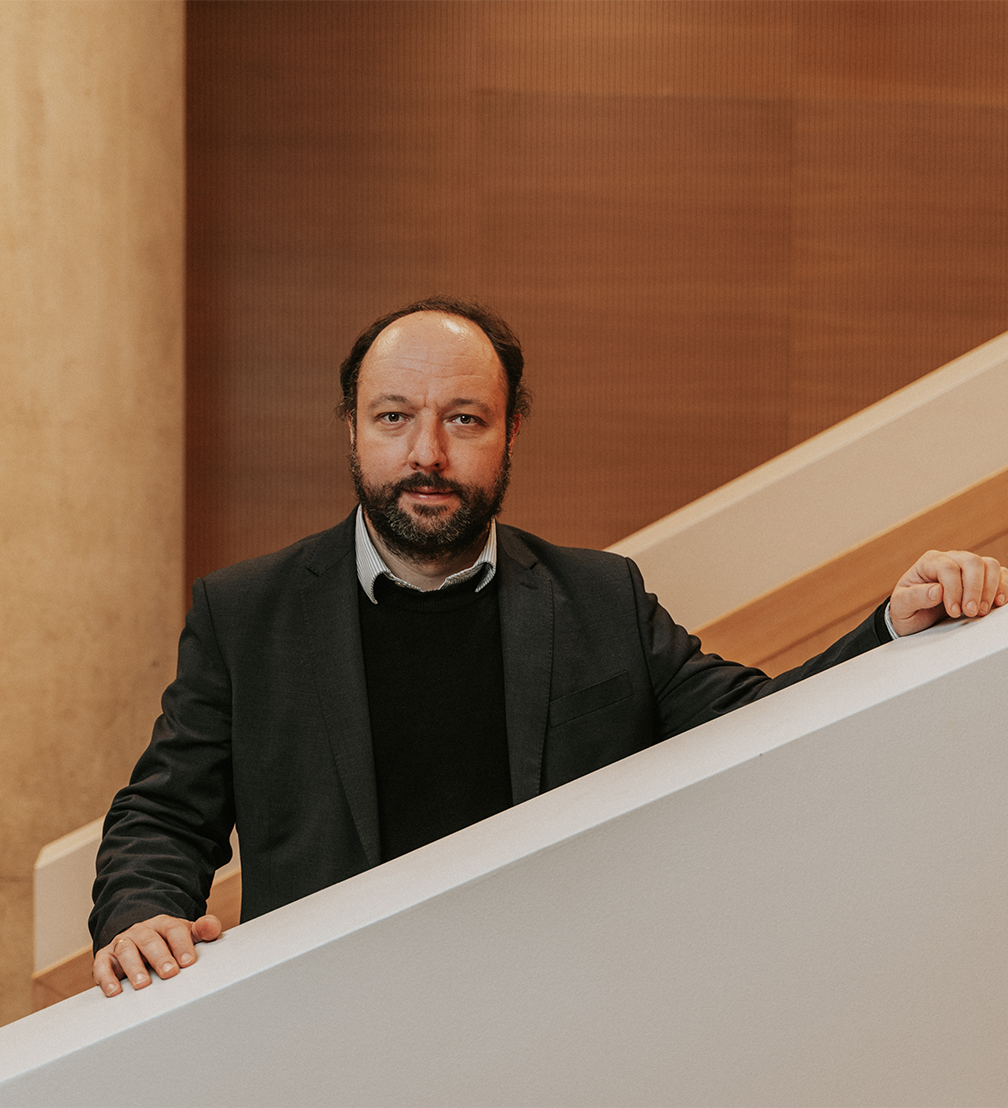
«Neither the uprising of robots nor singularity threaten us,» assures Vyacheslavs Kashcheyevs, a professor of physics at the University of Latvia. In an interview with FOLD, he comforts readers about two major frontiers of science — quantum and artificial intelligence technologies — and discusses the level of creativity and freedom in art and science.
«It is important to talk about science because it helps people understand the world around them. Science can help make informed decisions about health, the environment, and other aspects of life. Architects and designers are also encouraged to collaborate with scientists to incorporate the latest scientific discoveries and research methods into their work. This will ensure that the design is effective, safe, and functional.» This response to questions about the importance of talking about science and why architects and designers are encouraged to collaborate with scientists was provided to me in November 2022 by the ChatGPT developed by OpenAI. Half a year later, it is hard to find anyone who hasn’t experimented with this or that artificial intelligence tool.
The expectations of the speed at which artificial intelligence enters our daily lives, freeing up time for other activities, were just one of the reasons why Vyacheslav Kascheev, a professor of physics at the University of Latvia, was invited for an interview. We met three years ago when we started working together as experts on the Latvijas Banka (Bank of Latvia) Coin Design Commission, where our task is not only to evaluate the works submitted to the coin design competitions but also to predict the future by defining the themes of the coins, which will be issued only after two or three years. Although the result of the commission’s work has cultural and historical significance, it is also a successful example of interdisciplinary collaboration, where the perspective of a folklorist and mythologist complements the vision of a quantum physicist. We also met because the combination of design and science is one of the missions of the European Commission’s strategic initiative New European Bauhaus», which seeks new ways to accelerate the reduction of carbon dioxide emissions. The aim of this interview is to find out how to implement collaboration in practice and how design can meet science.
How would you best define your occupation? What field of science do you represent?
I am a physicist and a professor at the University of Latvia, where I lead a small research group. Our research area is quantum nanoelectronics, a global trend in quantum technologies that is rapidly developing. We study the unusual behaviour of individual particles, or the laws of quantum mechanics, which are used for different types of computation, measurement, and other practical applications.
Can you give an everyday example related to quantum physics?
There are many examples. For instance, architects use laser measuring instruments, which rely on quantum physics. However, I work on the fundamental aspects of science. My task is to understand things that no one has understood before and go where no one has gone before. Of course, I can explain on a popular science level how the quantum technological revolution will unfold in the future, but I intentionally don’t emphasise the application aspect because it is more related to engineering challenges. I, on the other hand, work with elements that are so small that everyday physics laws no longer apply. My task is to understand how to utilise quantum effects to create something that otherwise wouldn’t work.
Scientists work on potential future products that we still know little about. Could that be a reason why science is not easily understandable to a wider society?
Exactly! Science is a long-term investment with unknown outcomes. Society invests money in science, and we are responsible for it. Applied science results in products that improve human life. When it comes to fundamental science, the outcome is a better world. I foster a niche where we excel globally, but in physics, you cannot thrive on your own. Physics is an international science that relies on the mutual complementarity of competencies. Our expertise lies in theory, but it also requires excellent experiments. We collaborate with the world’s most precise measurement laboratories in Germany and the UK, developing a subfield called quantum nonlinear optics.
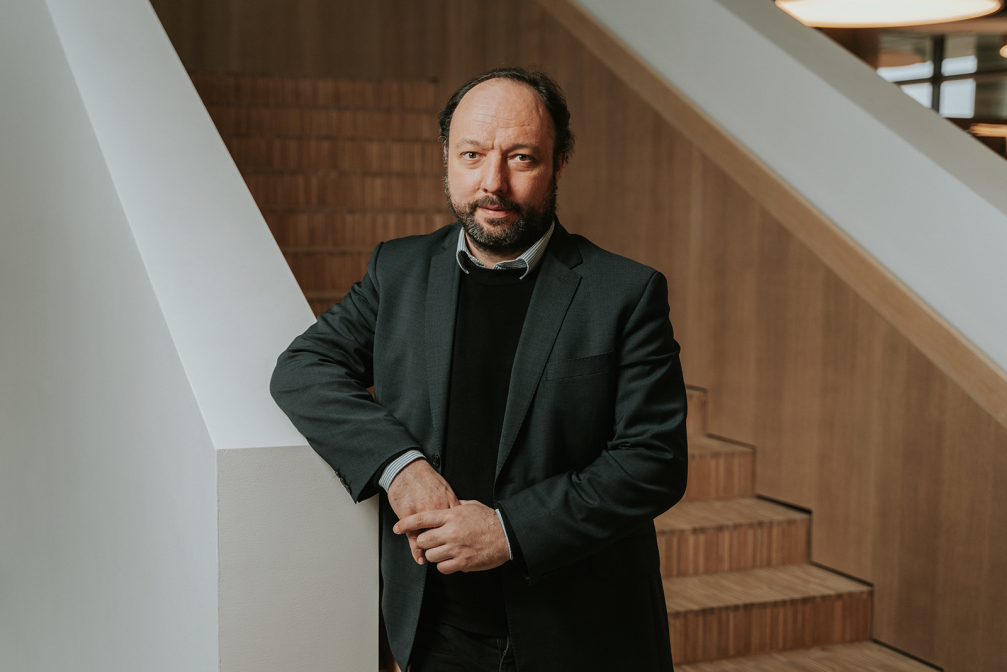
Which scientific fields currently generate the most interest worldwide?
There are two major frontiers. The first one is artificial intelligence technology. We are currently experiencing a revolution! We are witnessing a qualitatively different approach to making computers do things. This is possible because computing power and data volumes have exceeded a certain critical threshold. In the field of artificial intelligence, we see the full spectrum — from practical projects where technologies are implemented, completely transforming professions like translation, to fundamental aspects of these technologies, such as mathematics and algorithm theory, as there are no artificial intelligence theories yet. The second frontier is quantum technologies, or more specifically, quantum computing, which offers a radically different approach to computation compared to classical computers. This applies to both the creation of quantum hardware and finding tasks where quantum computers outperform regular ones.
But it’s still humans who give tasks to artificial intelligence and quantum computers, right?
For scientists, it is obvious, but outside the bubble of science, there are concerns that computers might not obey humans. Equally naive and influenced by science fiction are predictions about the so-called singularity and a kind of salvation where the mind will be uploaded into a supercomputer. Science fiction can be enjoyable entertainment, but neither the uprising of robots nor the singularity threaten us. By entrusting cognitive tasks to silicon computers, which until recently were considered the exclusive domain of Homo sapiens, we may overlook the true revolutions. The fact that we can de facto read the internet in any language, even forgetting that the internet itself is a revolution, no longer seems like a wonder. Douglas Adams’ Babel Fish, which makes any language understandable in real-time, has become so self-evident that we expect it in every new phone.
If we conducted street interviews, everyone could name at least five athletes or five celebrities, but I’m afraid most of people wouldn’t be able to name five modern scientists, myself included.
The attention economy also affects research because we constantly have to sell our research. It’s not a chase for fame, but there is a specific requirement for research projects to envision a bright future if the study is successful. The goals set must be attractive enough for people to see why it’s worth striving for them. As a result, every successful scientist must also be a visionary storyteller. In science, there are workhorses who excel in experiments, but we also need scientists who give tasks, receive results, and explain them. Scientific research is a team effort.
Now is the right moment to talk about collaboration. We see that public funding competitions in any field nowadays require interdisciplinarity, including collaboration with scientific institutions. How could designers, architects, and artists collaborate with scientists and vice versa? How can this interaction be better organised?
My feelings are ambivalent. I see the importance of breaking down barriers between disciplines, and part of me responds positively to this collaboration. There are contexts where the result can be beneficial for both sides. However, the other part makes me pause because, under external pressure to collaborate, I also see risks. For example, when scientists are forced to collaborate with entrepreneurs based on the principle that scientists come up with ideas and entrepreneurs make money. As my son says, it doesn’t work like that! Added value could be found by exploring creative activities in each field. By getting to know each other and finding common approaches, we can reach a level where science is indistinguishable from art. That is the level of creativity and freedom. Finding the commonality in the different perspectives of science and art is worth striving for. The most valuable discoveries in science, regardless of scale, are those that emerge as works of art with inherent value.
Does a scientist engage in environmental improvement in their thoughts when moving, for example, down the street? Do you see places in your everyday life that could be improved with the help of science?
A scientist does not have better vision than others. I cannot separate my identity as a scientist from my life experience, but my view of things is the same as that of other people on the street. Each field of science has its own specific knowledge, so I can only offer my participation on a horizontal level — with inspiration and an outsider’s perspective. Similarly, as a scientist, I can draw inspiration from the work of another master — an artist, architect, or baker. I cannot casually use my authority as a scientist to give advice in other areas. Of course, I have gradually gained experience, for example, by observing the Coin Design Committee and seeing how an excellent work of art gradually emerges from an idea and an intangible mood and how each of these steps is discussed.
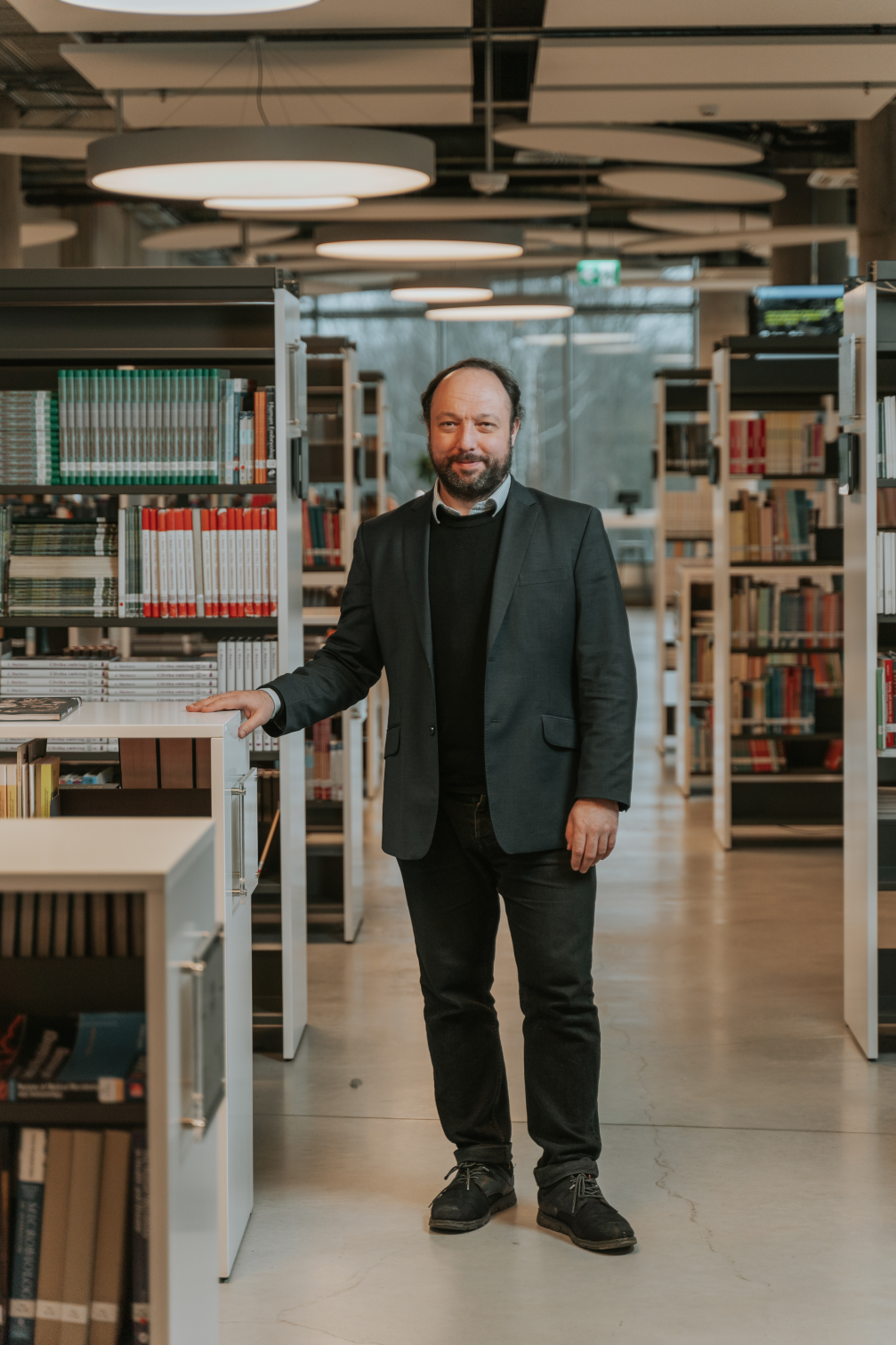
I’m also interested in your thoughts on changes in education, which are on the agenda at all levels of conversation.
It is important to recognise that the mismatch in education is objective and not limited to Latvia alone. The pace of societal change is high, in fact, unprecedented. We cannot even give our own children career advice that would have been useful to us. The education system is slow. It only changes with the change of generations, but now, within one generation, such radical changes are taking place that the teacher’s profession becomes increasingly challenging and creative. There are too few strong teachers who keep up with the times, changes in students and society, and can predict the future. The role of a teacher-translator is a thing of the past. Artificial intelligence is taking over that role now. I would rather watch videos of the best university professors on YouTube; I would rather interactively go through tasks at a pace suitable for me… Those who benefit from this move forward. The biggest problem is that the polarisation between abilities and possibilities creates inequality. We see it most acutely in compulsory education or the period of state responsibility. Talents are distributed evenly, and every student has the right to have a good teacher and realise themselves in life, so the personalities that a student encounters along the way are important. It is worse when there are obstacles in this path.
By obstacles, do you mean a suitable physical environment where not only a warm learning space, teachers, and technology are available but also warm food?
The social functions of schools cannot be denied. It is a broader responsibility because a student who is hungry cannot learn, they will lag behind. However, I emphasise precisely that area of responsibility where there is no need to worry that the student is facing incompetent teachers who are not keeping up with the times. People often come to me looking for private tutors in mathematics with the aim of preparing for entrance exams to Riga’s gymnasiums in the 7th or 10th grade. The increasing need to enter these prestigious schools in the last five years vividly illustrates inequality. It turns out that students whose parents have knowledge of the possibilities and can hire private tutors have greater opportunities than students who should receive an equally good basic education in their city or regional school.
Perhaps in a small country like Latvia, it would be enough to have a few top teachers who could teach larger groups of students with the help of the internet, and the school would be a safe physical environment with a social function.
Rational visions to distribute resources sensibly in the new circumstances can be found, but it is difficult to talk about them because there are significant political and historical obstacles to starting something new. Educational changes are also a challenge in conditions of ideal wealth and governance.
What can we do to reduce the pace of the climate crisis?
The best thing we could do is utilise nuclear energy technologies. However, there are social barriers that prevent the use of this necessary electric energy. One barrier is the image of nuclear energy — for example, the experience of Chernobyl. Also, series such as Dark, which depicts a nuclear power plant, create misleading perceptions. Or Germany, which became the world’s laughing stock by shutting down all nuclear power plants and burning coal instead. These are dramatic and vivid examples that dominate the agenda disproportionately.
We must also avoid falling into alarmism, putting everything in the context of climate. It’s like searching for lost keys under the lamp post, not where they were lost. However, here I need to exercise self-censorship, thinking about whether I can say that campaigns with images of animals entangled in plastic bags do not help overcome the climate crisis. Technocratic and technologically oriented people, such as Bill Gates, emphasise that major problems can only be solved with the help of technology. In that context, it would be more important to talk about how to produce concrete without CO2 emissions or cheap synthetic fuel.

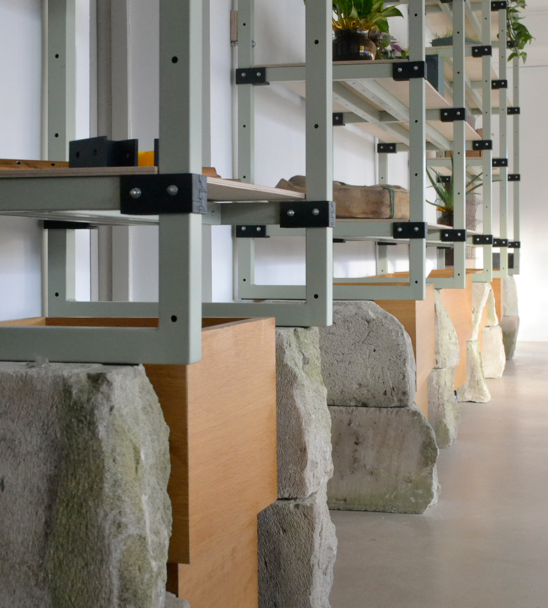
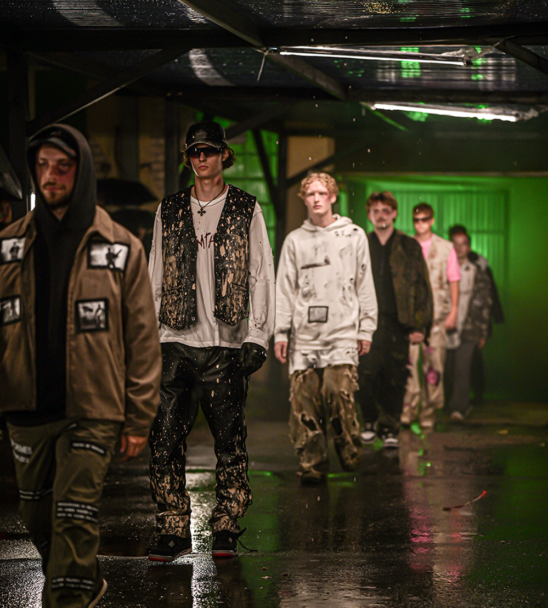
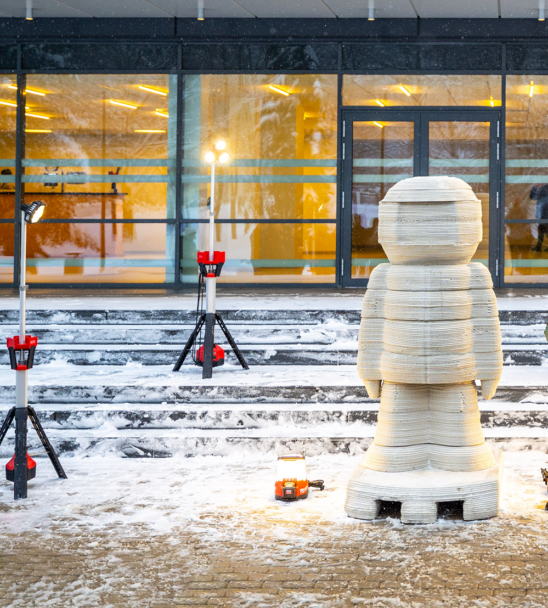
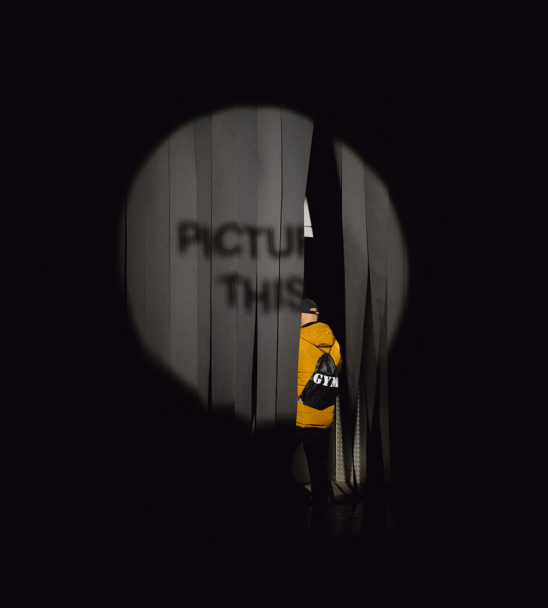
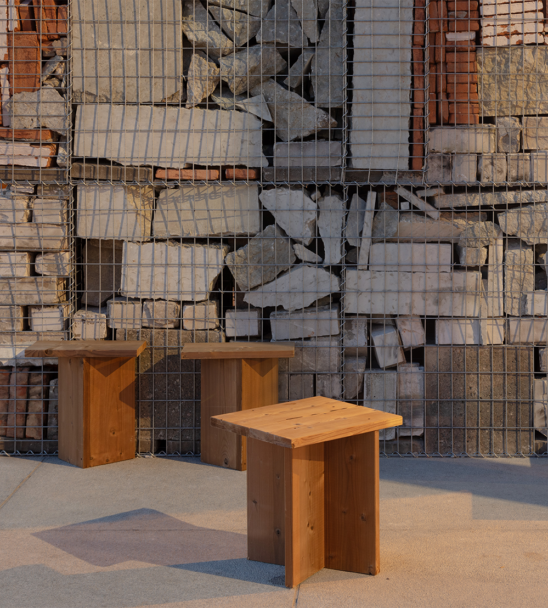
Viedokļi